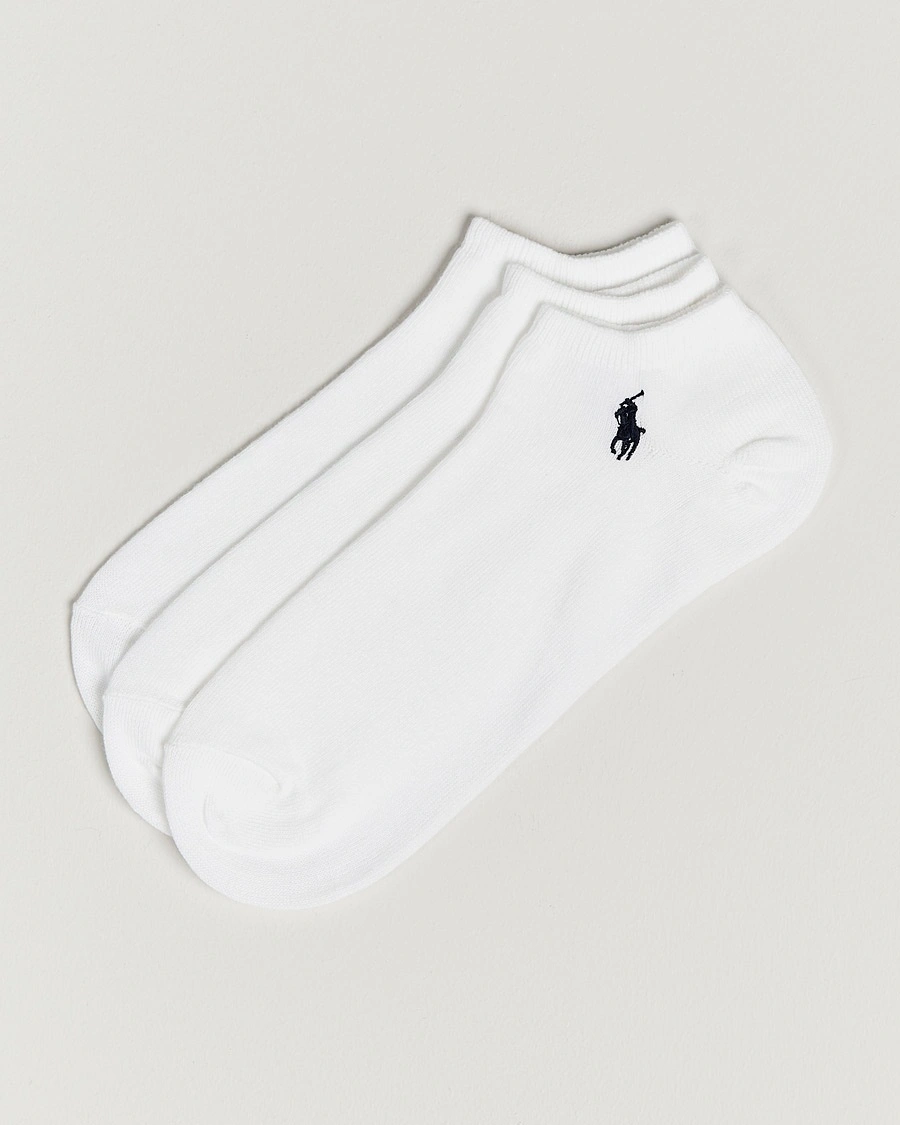
Citroën SM – Flamboyant French with an Italian Heart
Text: Johannes Nilsson
Photo: Alamy
During the 1960s, Citroën embarked on a venture into sportier cars under the fitting name "Project S". The aim was to create a competent and efficient grand tourer, capable of taking on the finest gentleman's express cars from Britain, Italy and Germany. The car was to be low, elegant, and highly aerodynamic - something the French had mastered well. However, Citroën lacked a suitable engine to provide the power required for the project. After extensive searching, negotiations began in 1965 with Italian marque Maserati in 1968, making it a subsidiary of the French automotive giant.
Maserati's engineering genius, Giulio Alfieri, was tasked with developing a compact 90-degree V6 engine with enough power to propel the streamlined French creation beyond 200 km/h. The engine was built in classic Italian fashion, featuring dual overhead camshafts and three twin-choke Weber carburettors. To fit the engine behind the gearbox in an almost mid-engine configuration, essential functions were integrated in an ingenious yet somewhat less reliable manner.

Hydraulique Fantastique
At Citroën, an inventive young man named Paul Magés was hard at work. Magés was not particularly academic and received mediocre grades at school. At the age of just 17, he sent his CV to several French car manufacturers and soon landed a job at Citroën as a service technician for tools and machinery.In 1936, he was promoted to technical supervisor for drawings and construction, where he devoted himself to studying various suspension systems and chassis designs. To his surprise, the prevailing automotive literature asserted that comfortable, soft suspension was inherently incompatible with good handling on twisty roads. He was now faced with the challenge of developing a suspensionsystem that could do both, without making too many compromises.
With its futuristic coupé body, low drag coefficient, 170 horsepower, flat underbody, and teardrop-shaped design, the Citroën SM reached a top speed of 220 km/h, making it the fastest front-wheel-drive car of its time. Its high cruising speed was made all the more usable thanks to its stable road manners. An undeniable advantage when blasting down the French autoroute, en route to the holiday havens of Juan-les-Pins or Cap-Ferrat on the French Riviera.



























































